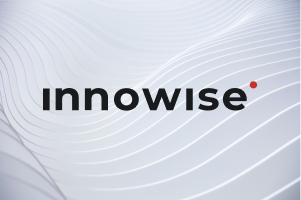Nearshoring betekent het uitbesteden van IT-werk aan een nabijgelegen land, meestal in dezelfde of een nabije tijdzone. Offshoring stuurt het werk veel verder, vaak over de hele wereld. Van wat ik heb gezien, maakt nearshoring het leven gemakkelijker als het gaat om real-time samenwerking en het op schema houden van projecten. Je hoeft niet wakker te worden voor verrassingen of een dag te wachten op antwoorden. Natuurlijk lijkt offshoring op papier goedkoper. Maar de verborgen nadelen, zoals botsingen tussen tijdzones, communicatiestoringen en gemiste deadlines, stapelen zich snel op. Als je op zoek bent naar soepeler teamwerk en minder kopzorgen, loont het meestal om dichter bij huis te blijven.
Uw bericht is verzonden.
We verwerken je aanvraag en nemen zo snel mogelijk contact met je op.


















